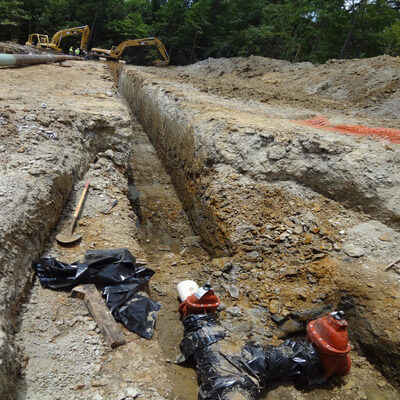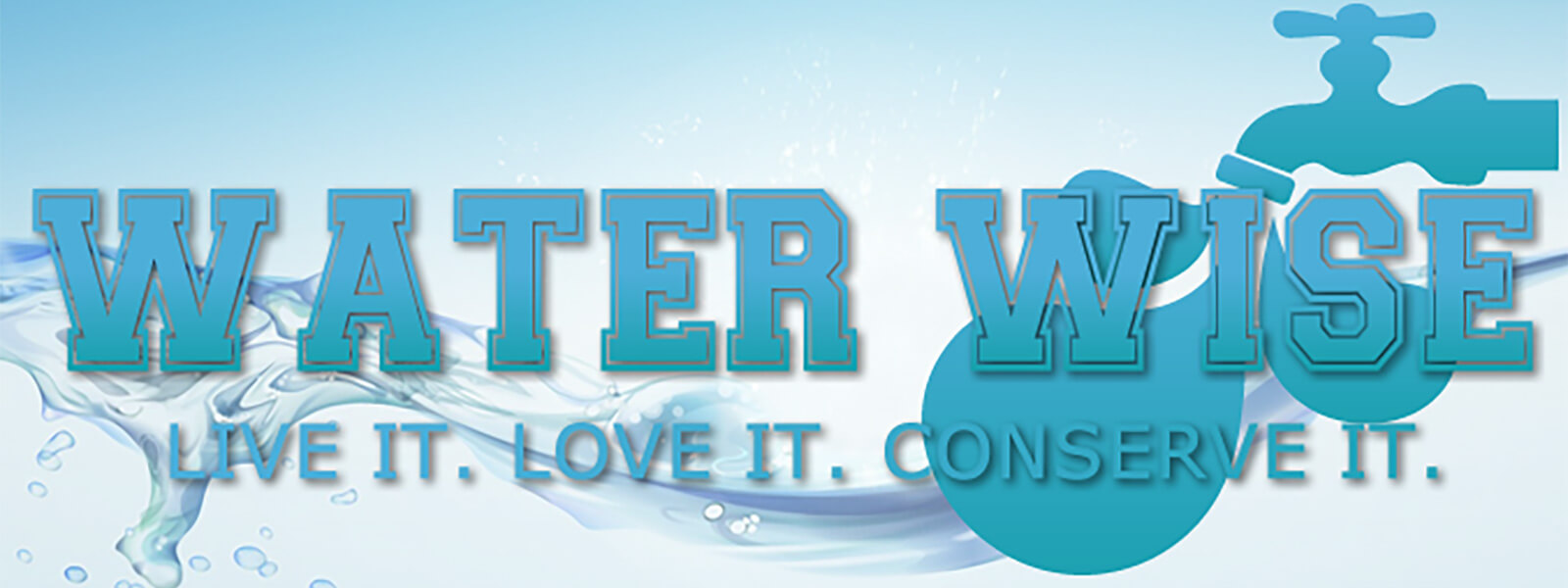Water Distribution Department
Mission
Bryant Water Distribution is dedicated to providing its customers with a safe, high quality, and reliable water supply that meets or exceeds all federal and state drinking water requirements. Our goal is to distribute water to the citizens of Bryant in the most efficient way, while maintaining and upgrading the system to meet future requirements of our growing city. We are committed to providing professional and courteous services to satisfy the diversified needs of our customers.
Important Information
1017 S.W. 2nd St.
Bryant, AR 72022
Phone: (501) 943-0469
Fax: (501) 943-0851
Bryce J. Rimmer - Superintendent Distribution Water
Water Forms
FAQ
What do I do if I have no water?
Contact the billing department 501-943-0441 to ensure your meter was not shut off by accident. The billing department will contact the maintenance department, who will correct the issue, if it is not a possibility that it was shut off by accident.
What do I do if I have low water pressure?
Contact the maintenance department 501-943-0469 and we will send someone to the area to verify that our system pressure is normal. The service personnel will inform you of their findings and the cause may be determined to be your pressure regulator. Pressure regulators are located between the meter and the home and are the homeowner’s responsibility.
What do I do if the water is cloudy?
Contact the maintenance department 501-943-0469 and we will attempt to locate the source of the cloudiness. Cloudiness or turbidity is usually caused by increased velocity of water through the distribution system. Major causes of turbidity include but are not limited to; main breaks, fire hydrant flushing, and firefighting.
What do I do if I have questions about my water bill?
Contact the billing department and ask them to check your history 501-943-0441.
Water BillingProject Updates


Thursday Dec 08, 2022 01:12 PM
Be aware of changing traffic conditions
DATE: Thursday Dec 08, 2022 01:12 PM

Wednesday Dec 07, 2022 02:12 PM
PROJECT IS COMPLETE
DATE: Wednesday Dec 07, 2022 02:12 PM
Project Pictures









Water Wise
Did you know that over watering your lawn can cause the development of fungus and disease? So how do you know when and how much to water? That depends on what type of grass, soil conditions as well as factors such as humidity, wind and temperature. Generally, if your grass looks a bit blue-gray and some of the blades begin to curl or wilt…and if your footprints don’t bounce back…..it’s time to water.
When you do water, water deeply. Each watering should moisten the soil 6 to 12 inches, depending on the type of grass. To determine how long to run your sprinkler and find out how deep the water has soaked in turn it on for 15 minutes. After 18 to 24 hours dig a small hole in the watered area or push a shovel in and spread the soil apart enough to seek several inches below the surface. Divide the depth of moisture into the desired depth and multiply the 15 minutes by that number to determine how long to run your sprinkler. If the moisture is 4” below the surface and you want it to be 8” divide 8” by 4” to get 2. Multiply 15 minutes by 2 to get 30 minutes run time for the sprinkler each time you water.
Soil types make a difference as well. One inch of water will penetrate sandy soils about 12 inches; loamy soils about 6 inches; and clay soils about 4 inches. So how do you know when you have watered one inch? Place a container, such as a coffee can, in the center of the watering area. Check the depth at timed intervals until there is one inch of water in the can. Use that time as a setting for your system run time.
Water early in the morning to avoid evaporation…sometime between 4 AM and 9 AM when the air is coolest and there is less wind. Avoid watering on hot days to avoid putting solar heated water on your grass get the maximum benefit from your effort.
Don’t waste your water on the street. If water runs off your lawn into the street or drive before you have given it a deep watering, turn off the sprinkler for a few minutes to allow the water to absorb, and then continue as needed. You might move the watering to another area and come back later to finish.
Take advantage of rain. Don’t run your sprinklers while it’s raining. If your system is on a timer, there are sensors that can detect rain and automatically turn the water off. Use a rain gauge to see how much rain fell, then only water a bid more if needed.
Water problem areas by hand. Some areas may need more attention…if you water everything when the problem areas need watering you may over water and subject your lawn to other problems.

